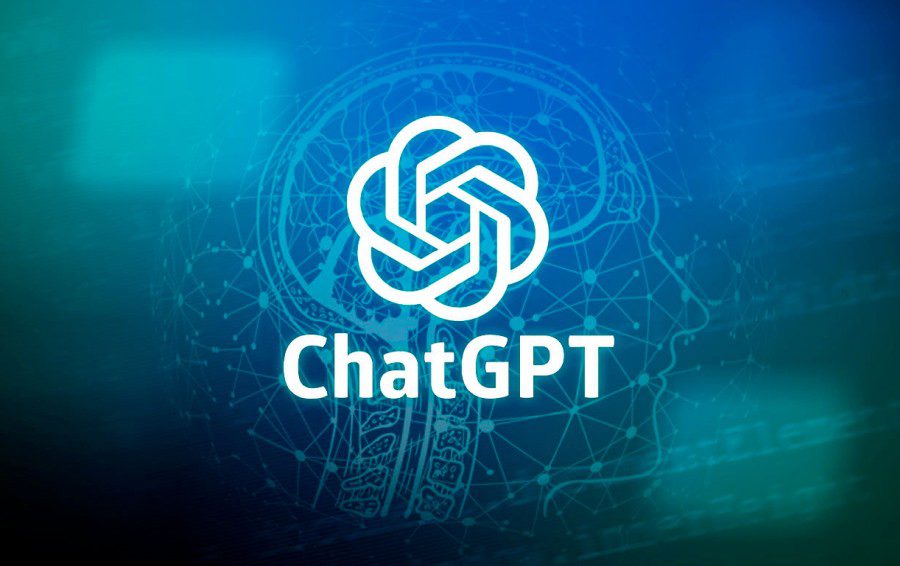Source: HBR

When OpenAI launched ChatGPT, their flagship product, it quickly gained popularity. Within just four days, it reached 1 million users, and in two months, it amassed 100 million users. This milestone was achieved 75% faster than any other tech giant. ChatGPT started as a simple AI chatbot, but it has evolved to include features like data analysis and image interpretation. This versatility has attracted users from high school students to C-suite executives, who are eager to learn and utilize ChatGPT for various purposes.
While the impact of ChatGPT is remarkable, it is not the only example of technology transforming different aspects of business and society. However, using emerging technologies like ChatGPT requires a fresh approach. Unlike traditional methods such as design thinking, ChatGPT presents a different challenge. It can seemingly solve problems in any industry or context, demanding a new skill set called emergent thinking. This means generating innovative ideas without fully understanding the problems they aim to solve.
Recent research has uncovered the main thought process behind emergent thinking. It starts with understanding the core functions of a technology and then exploring its potential applications across different domains. Emergent thinking involves evaluating ideas without predefined success criteria, improvising with minimal preparation, and being open to changing project outcomes.
Although emergent thinking may seem contrary to established business practices, it is crucial for effectively leveraging ChatGPT for innovation. Many companies have already started integrating ChatGPT into their products and services, and there are three pathways of emergent thinking that can increase the chances of successful implementation while avoiding potential pitfalls.
Pathway 1 focuses on exploiting an existing value proposition by using ChatGPT to enhance and streamline customer experiences. For example, Instacart has introduced a ChatGPT plugin to improve the speed and efficiency of online grocery ordering. Customers can receive meal recommendations, and ChatGPT automatically creates new orders with all the necessary ingredients.
Pathway 2 involves expanding the value proposition by using ChatGPT to solve new problems that complement the company’s current offerings. Khan Academy integrated ChatGPT into its platform to create Khanmigo, a personalized AI tutor. Khanmigo helps students navigate online videos and practice questions more effectively, while also assisting teachers with teaching methods and lesson plans.
Pathway 3 explores entirely new value propositions that customers may not yet realize they need. OpenAI’s release of ChatGPT without specific market research aligns with Steve Jobs’ belief that customers often don’t know what they want until they see it. Pursuing this pathway requires careful navigation and a shared direction for the project.
To overcome challenges and converge on a single problem to address, it is helpful to establish a clear analogy that summarizes the core value proposition. This analogy helps align team members’ perspectives and provides customers with a clear understanding of the product’s benefits. For example, Tome, a startup utilizing ChatGPT, describes its product as an “AI storytelling partner,” simplifying communication of its features and value to both developers and customers.
While ChatGPT offers immense potential for unlocking value across industries, it is important to use it cautiously. As we navigate uncharted territory with AI, it is crucial to learn how to leverage it for positive outcomes while mitigating potential risks.


